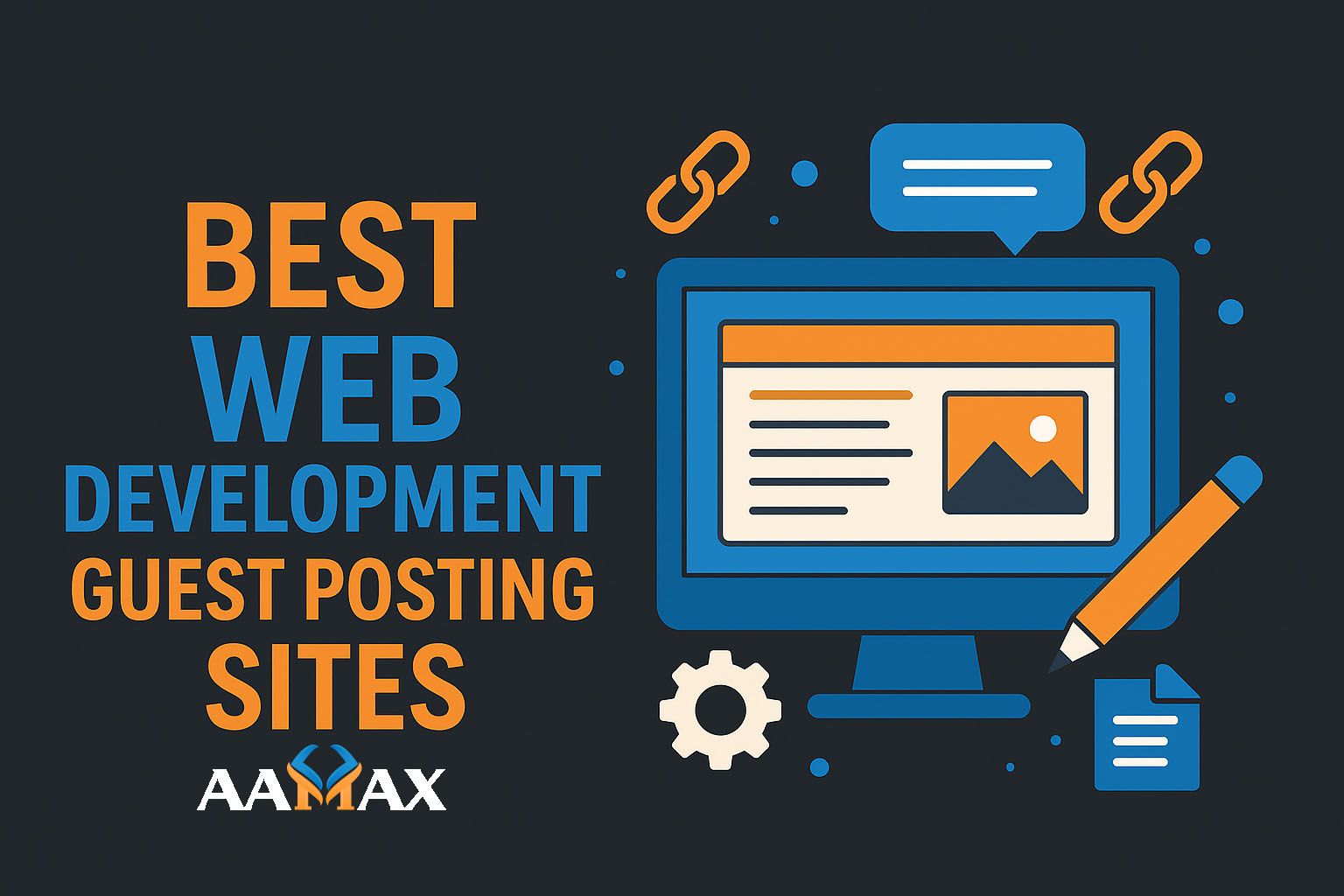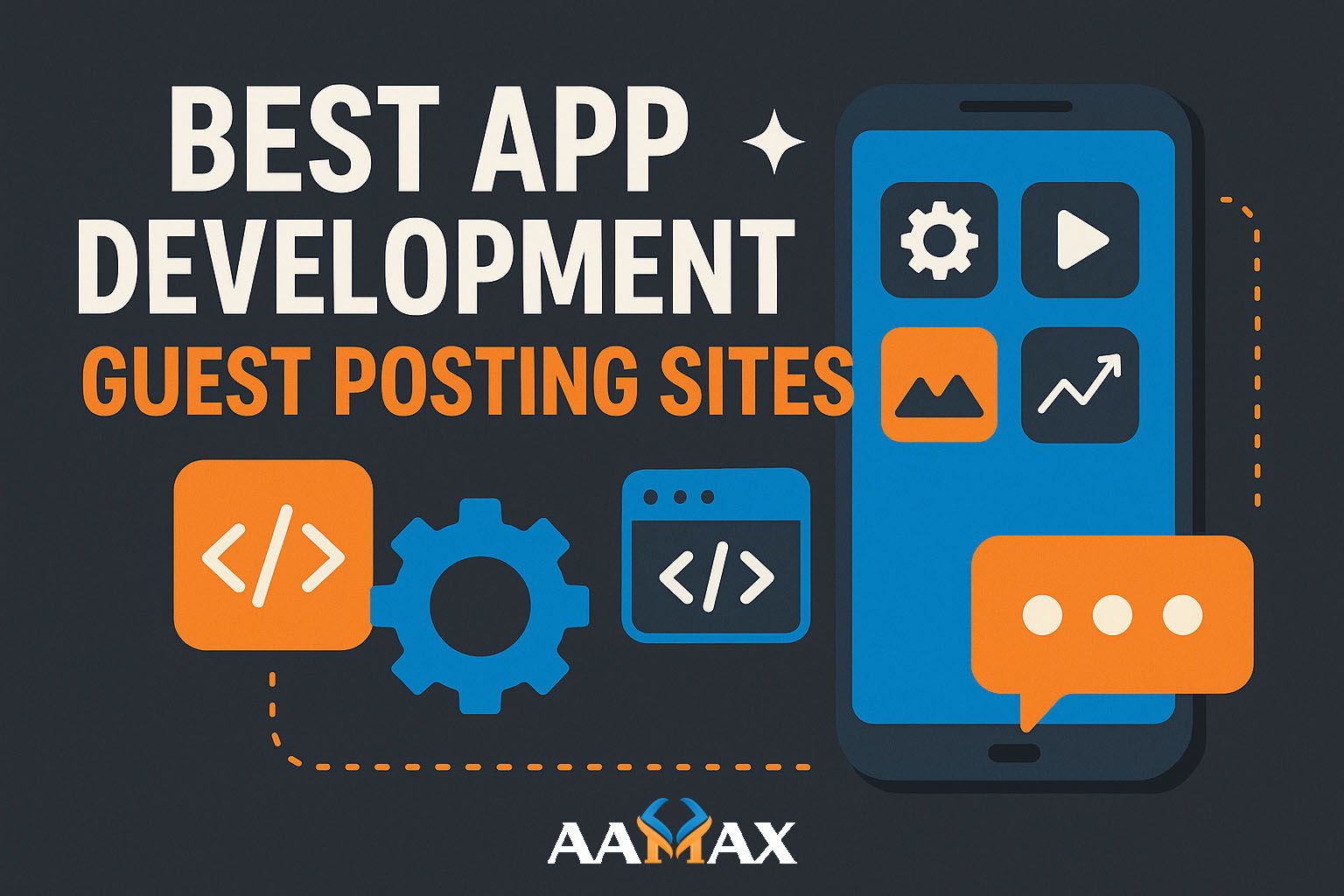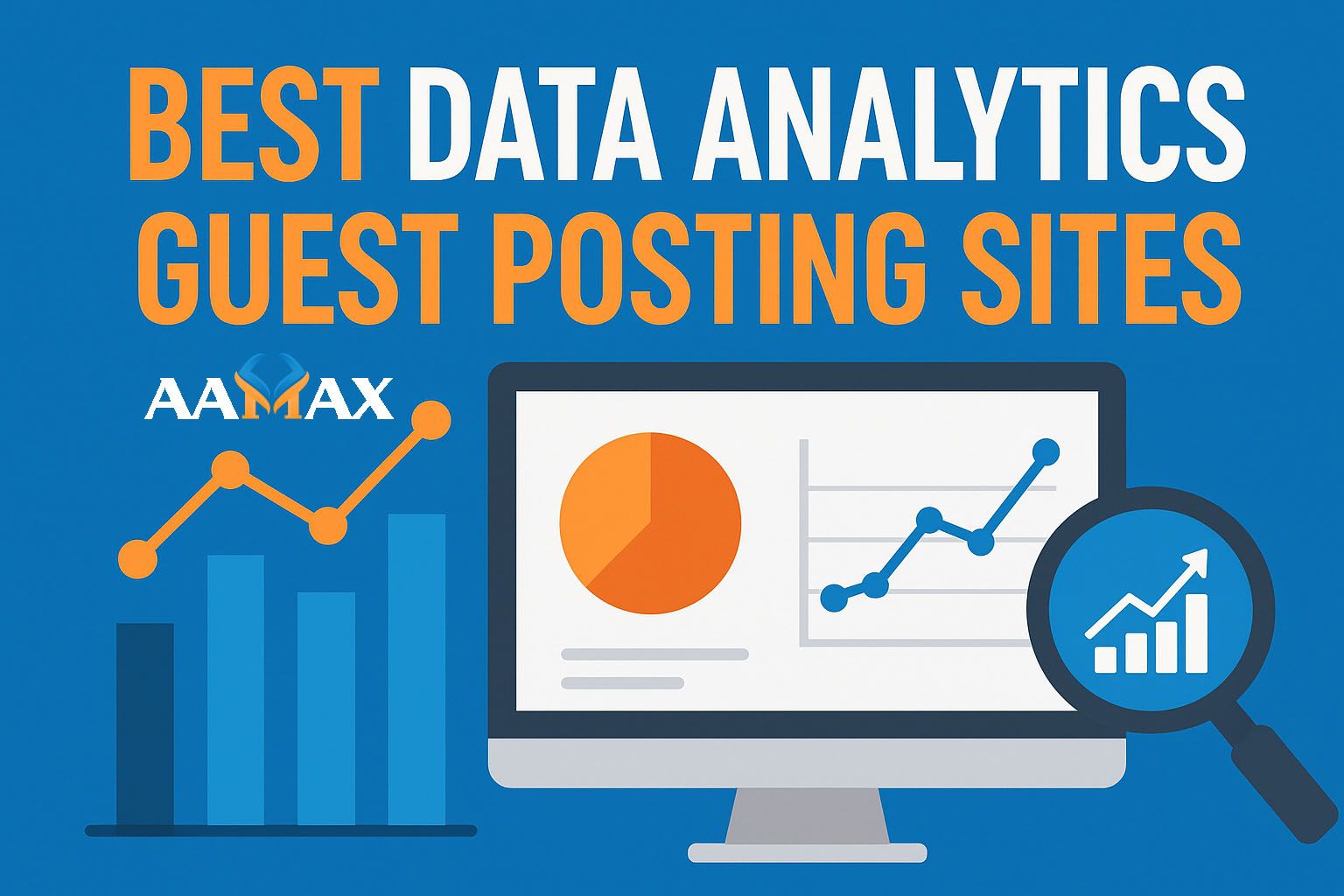
Marketing Analytics Technology: 10 Platforms to Try
In today’s competitive digital landscape, marketing is no longer about making gut decisions—it’s about making data-driven choices. Businesses now have access to vast amounts of customer, campaign, and performance data, but without the right tools, that data can quickly become overwhelming. Marketing analytics technology bridges this gap by providing platforms that collect, analyze, and visualize your marketing performance, helping you identify what works, what doesn’t, and where to optimize.
This article explores the top 10 marketing analytics platforms you should consider, along with insights on how they can enhance your marketing strategy. Whether you’re a small business owner or a large enterprise marketer, these tools can help you make informed decisions and maximize ROI.
Why Marketing Analytics Technology Matters
The role of digital marketing goes beyond tracking clicks and impressions. Modern marketing analytics technology helps you:
- Measure campaign performance in real-time.
- Identify your most profitable channels.
- Understand customer behavior and preferences.
- Optimize budget allocation for maximum return.
- Predict future trends using machine learning and AI.
By embracing the right analytics tools, businesses can stop guessing and start acting based on facts.
How to Choose the Right Marketing Analytics Platform
Before diving into the list, it’s important to understand how to select a tool that fits your needs. Here are some factors to consider:
- Ease of Integration – Does it work with your CRM, website, and ad platforms?
- Data Visualization – Can you create custom reports and dashboards easily?
- Scalability – Will it grow with your business needs?
- Real-Time Tracking – Does it provide up-to-date insights?
- AI and Predictive Analytics – Can it forecast future performance?
- Cost – Is it within your marketing budget?
1. Google Analytics 4 (GA4)
Best For: Website traffic and behavior analytics
Google Analytics has long been the gold standard for website analytics, and GA4 takes it further with advanced event tracking, cross-platform measurement, and AI-powered insights.
Key Features:
- Cross-device and cross-platform tracking.
- Machine learning insights and predictions.
- Enhanced event-based tracking model.
- Integrates with Google Ads and other Google tools.
Why It’s Worth Trying: It’s free, powerful, and integrates seamlessly with other Google products. For most businesses, GA4 is the starting point for data-driven marketing.
2. HubSpot Marketing Hub
Best For: Inbound marketing analytics
HubSpot combines CRM, marketing automation, and analytics in one platform, making it a favorite for inbound marketing campaigns.
Key Features:
- Tracks website traffic, leads, and conversions.
- Detailed attribution reporting.
- Email marketing and automation insights.
- Easy-to-use dashboards.
Why It’s Worth Trying: It offers both marketing and sales analytics in one place, helping align teams for better performance.
3. Adobe Analytics
Best For: Enterprise-level analytics
Adobe Analytics is a powerhouse for large organizations that need deep insights and advanced segmentation.
Key Features:
- Real-time analytics and reporting.
- AI-powered predictive analytics.
- Advanced segmentation and attribution modeling.
- Integrates with Adobe Experience Cloud.
Why It’s Worth Trying: It provides some of the most detailed and customizable analytics capabilities on the market.
4. Mixpanel
Best For: Product and user behavior analytics
Mixpanel is designed for businesses that want to understand how users interact with their product or service.
Key Features:
- Event-based tracking.
- Funnel analysis for conversion optimization.
- Cohort analysis for retention tracking.
- Real-time data exploration.
Why It’s Worth Trying: Perfect for SaaS companies or apps that need to improve user experience and engagement.
5. Kissmetrics
Best For: Customer journey tracking
Kissmetrics focuses on tracking individual customer behavior across their entire journey.
Key Features:
- Tracks lifetime value (LTV) of customers.
- Conversion funnels and cohort analysis.
- Detailed customer segmentation.
- Revenue attribution reports.
Why It’s Worth Trying: It’s ideal for e-commerce and SaaS businesses that want to improve retention and lifetime customer value.
6. SEMrush
Best For: SEO and competitive analytics
SEMrush is an all-in-one digital marketing tool with powerful analytics for SEO, PPC, and content marketing.
Key Features:
- Keyword and competitor research.
- Backlink analytics.
- SEO site audits.
- Advertising and social media tracking.
Why It’s Worth Trying: It’s a go-to tool for understanding your market position and identifying opportunities to outrank competitors.
7. Tableau
Best For: Data visualization
Tableau helps marketers turn complex datasets into interactive, easy-to-understand dashboards.
Key Features:
- Connects to multiple data sources.
- Highly customizable visualizations.
- Real-time data sharing.
- AI-driven data analysis.
Why It’s Worth Trying: If you work with large datasets, Tableau makes them visually appealing and easy to analyze.
8. Hotjar
Best For: User behavior insights
Hotjar offers heatmaps, session recordings, and user feedback tools to understand how visitors interact with your website.
Key Features:
- Heatmaps to visualize clicks and scrolls.
- Session replays to see exact user behavior.
- On-site surveys and feedback polls.
- Conversion funnel analysis.
Why It’s Worth Trying: It provides visual insights that raw analytics can’t, helping improve website UX.
9. Sprout Social
Best For: Social media analytics
Sprout Social is a social media management and analytics tool that helps brands optimize their social presence.
Key Features:
- Social media performance tracking.
- Competitor analysis.
- Audience engagement metrics.
- Custom reporting for multiple platforms.
Why It’s Worth Trying: It streamlines social media management while providing valuable performance insights.
10. Looker (Google Cloud)
Best For: Business intelligence
Looker is a cloud-based BI tool that helps marketers dig deep into their data for actionable insights.
Key Features:
- Custom dashboards and reporting.
- Data modeling with LookML.
- Integration with multiple data warehouses.
- Real-time analytics.
Why It’s Worth Trying: It’s perfect for businesses that want to centralize data analysis across multiple departments.
Bringing It All Together
While each of these platforms excels in different areas, the best marketing analytics strategy often involves combining multiple tools. For example:
- Use GA4 for website performance.
- Use SEMrush for SEO insights.
- Use Hotjar for UX improvements.
- Use HubSpot for inbound lead tracking.
The combination will depend on your business goals, budget, and marketing strategy.
Final Thoughts
Marketing analytics technology has evolved to become a cornerstone of successful digital marketing strategies. From tracking website visitors to understanding customer journeys and predicting future trends, these tools empower businesses to make smarter decisions.
However, simply having the tools isn’t enough—you need the right expertise to use them effectively. This is where partnering with a skilled digital marketing agency can make all the difference. For businesses looking to get the most out of their marketing analytics and campaigns, AAMAX offers full-service digital marketing, web development, and SEO solutions that ensure you’re not just collecting data, but using it to drive measurable growth.







